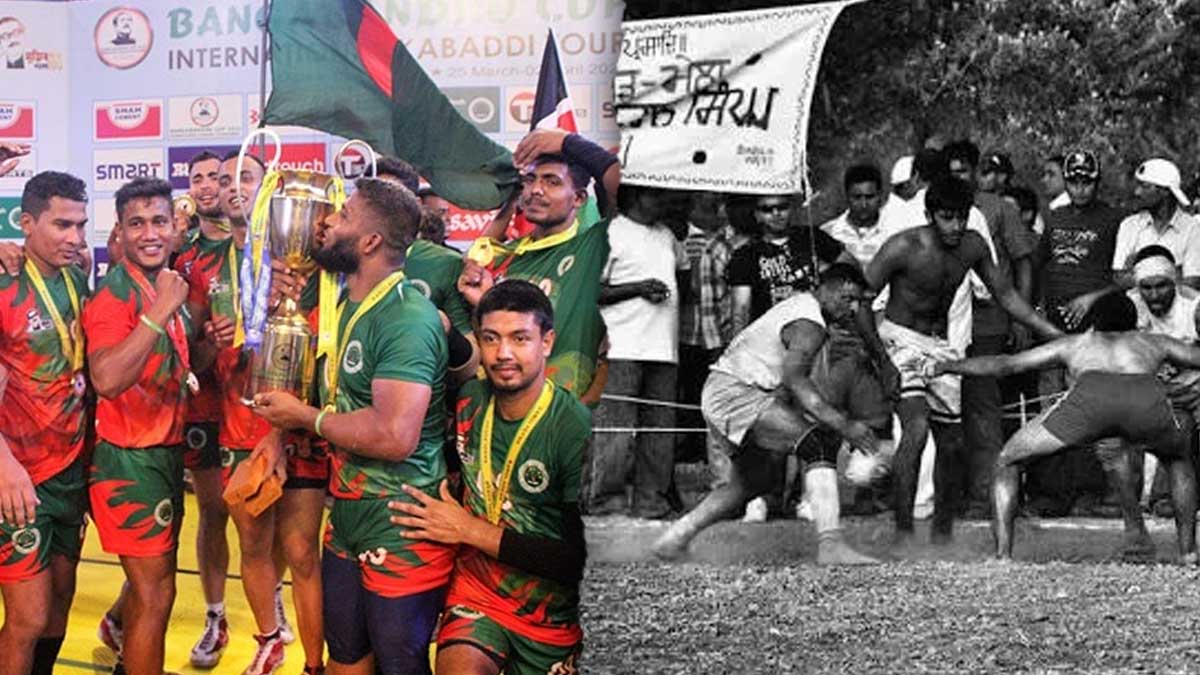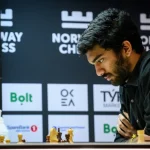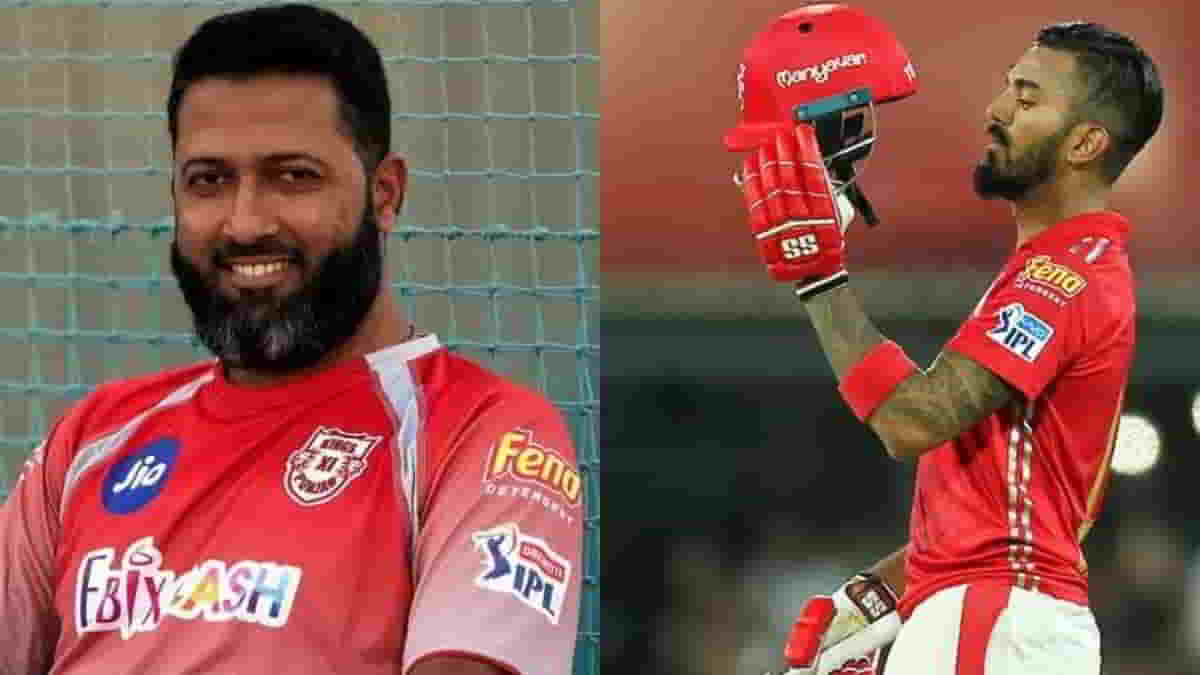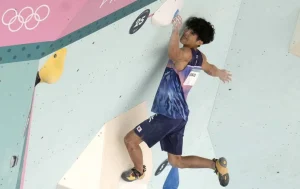Bangladeshi culture is fundamentally based on sport, which is why it is a widely-used form of entertainment there. In Bangladesh, football is the second most popular sport, behind cricket. The national game of Bangladesh is called ha-du-du. While international sports like hockey, volleyball, handball, and golf are more well-liked among urban residents, native sports like athletics, swimming, ha-du-du, BoliKhela, and LathiKhela are primarily played in remote regions.
The National Sports Council (NSC), which reports to the Ministry of Youth and Sports, is in charge of overseeing all national sports federations and councils. The NSC is associated with 42 different sports federations in total. The Bangladesh Games is the biggest national multi-sport competition, featuring athletes and sports groups from every district. In this article, we will take a look at the history and significance national sport of Bangladesh.
Kabaddi: Introduction
Kabaddi is popular throughout Bangladesh and is played by thousands of professionals and even more spectators. Kabaddi is a sport played outside between two opposing teams on a rectangular court that measures 12.5 by 10 metres and is divided in half by a white line. Despite each side having 12 competitors, only seven of them will ever be on the court at once. The remaining team members continue to serve as extras in the stands. There are two linesmen, a timekeeper, a referee, a scorekeeper, and two umpires present to oversee the game. The game is played at 20-minute intervals, with a coin toss used to determine who gets to go first.
Kabaddi: History and Significance
Known colloquially as Ha-Du-Du, or the “game of rural Bengal,” Kabadi is played according to different rules depending on the location. Visitors to Bangladesh will undoubtedly appreciate seeing a Kabadi match because of the loud and energetic crowd support.
The Bangladesh Amateur Kabaddi Federation was established in 1973 and created the rules and procedures that are followed when competing at the national or international level. The very first Kabadi test was contested in Bangladesh in 1974 against an Indian team, and the follow-up test was held in India in 1979. Bangladesh won the silver medal in the 1990 Asian Games, which featured the sport. At the Asian Games in 2006 and 2010, the Bangladeshi team also took home the bronze medal in Kabadi.
Mastering breathing is one of the most crucial exercises or practises that athletes all over the world engage in to enhance their performance because of its huge advantages for health, the mind, and the body. Few international sports compete in the Olympics and require athletes to hold their breath, therefore kabaddi’s sense of exclusivity in that area surprises many outside of the sport.
In addition to the skill of holding one’s breath, kabaddi differs from all other well-known games in that it requires no materials at all. Increasingly recognized as ha-du-du in Bangladesh, kabaddi is played all over the nation, particularly in the rural areas, under various sets of rules and at various locations. Players in kabaddi need to be powerful, well-built, quick, and agile. They put in a lot of practice to develop these skills. They achieve exceptional levels of physical perfection, stamina, and endurance as a result.
Also Read: Who is the Godfather or Baap of IPL And Why?
“Get more sports news, cricket news, and football updates, log on to sportsdigest.in. Follow us on Facebook or Twitter and Subscribe to our YouTube Channel.”



























